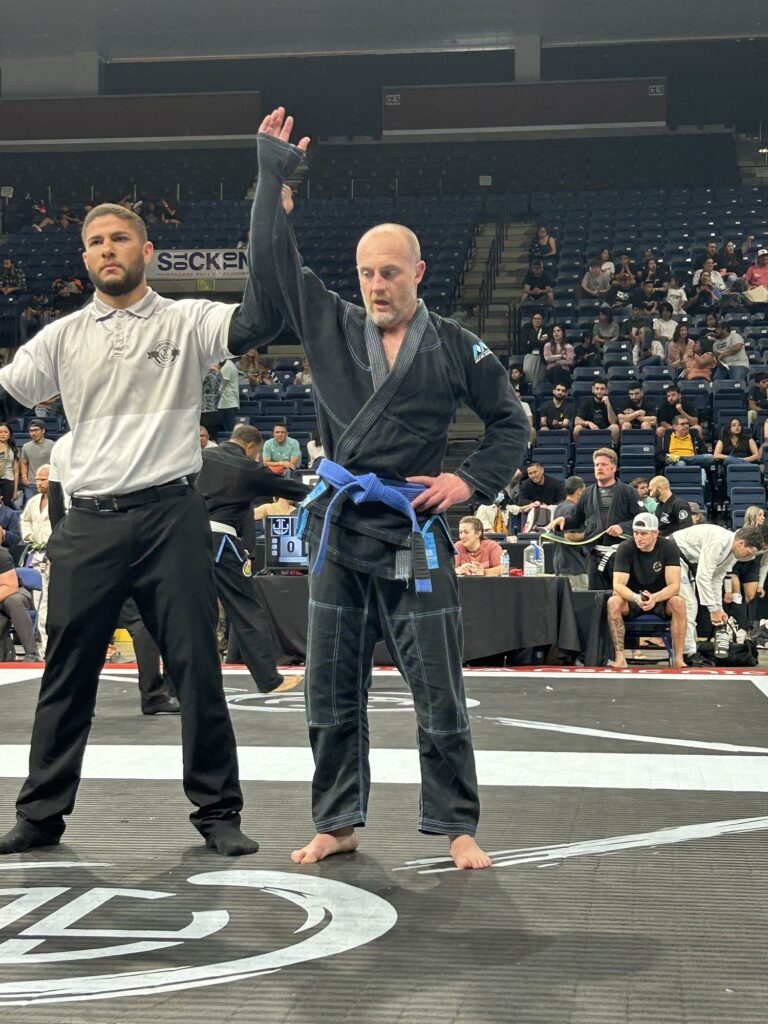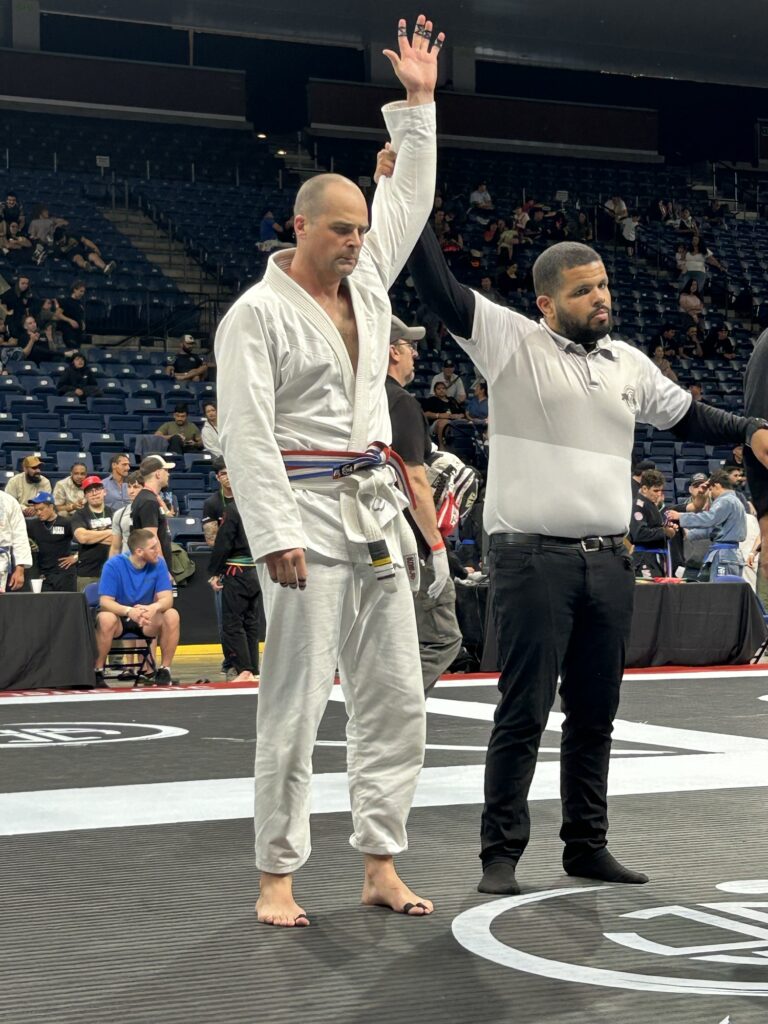In a world that often focuses on what’s lacking or what needs improvement, cultivating a practice of gratitude can be transformative. Gratitude is the act of recognizing and appreciating the good things in our lives, both big and small. It’s a powerful mindset that can bring about a shift in our perspective, leading to increased happiness, contentment, and overall well-being. In this post, we will explore the many benefits of gratitude and how we can incorporate it into our daily lives.
Gratitude has been found to have a significant impact on our mental health. Research suggests that expressing gratitude can increase positive emotions, reduce symptoms of depression and anxiety, and improve overall life satisfaction. By focusing on what we have rather than what we lack, we train our minds to seek out the positive aspects of our lives, fostering a sense of optimism and resilience.
Gratitude has the power to deepen our connections with others. When we express gratitude towards someone, it not only makes them feel appreciated and valued but also strengthens the bond between us. Whether it’s a simple thank you note, a heartfelt conversation, or acts of kindness, expressing gratitude towards loved ones and even strangers can foster a sense of belonging and create a ripple effect of positivity in our relationships.
Practicing gratitude helps us shift our perspective from scarcity to abundance. It reminds us that even during challenging times, there are still things to be thankful for. Instead of dwelling on what’s going wrong, we redirect our attention to the blessings, opportunities, and lessons present in our lives. This shift in perspective can lead to increased resilience, a greater sense of control, and a more positive outlook on life.
Gratitude and mindfulness go hand in hand. When we practice gratitude, we train ourselves to be fully present in the moment, appreciating the beauty and goodness around us. By focusing on the present rather than dwelling on the past or worrying about the future, we can experience a greater sense of peace and contentment. Gratitude serves as an anchor, grounding us in the here and now, and reminding us to savor life’s precious moments.
Gratitude is a catalyst for personal growth and self-improvement. When we embrace gratitude, we become more aware of our strengths, accomplishments, and the progress we’ve made. It encourages us to acknowledge and learn from our challenges, seeing them as opportunities for growth and development. Gratitude empowers us to cultivate a growth mindset and pursue our goals with enthusiasm and determination.
Here are some ways we can incorporate gratitude into our daily lives
Keep a gratitude journal: Write down three things you are grateful for each day.
- Practice gratitude meditation: Set aside a few minutes to reflect on the things you appreciate in your life.
- Express gratitude to others: Take the time to thank those who have made a positive impact on your life.
- Focus on the present moment: Engage in activities mindfully, savoring the experience and expressing gratitude for it.
- Shift your language: Replace complaints and negative statements with gratitude and positive affirmations.
Gratitude is a powerful practice that can transform our lives, fostering happiness, contentment, and resilience. By cultivating an attitude of gratitude, we shift our focus from what’s lacking to what’s abundant, paving the way for greater joy and fulfillment. So, let’s make gratitude a part of our daily lives and unlock its remarkable benefits. As Melody Beattie wisely said, “Gratitude makes sense of our past, brings peace for today, and creates a vision for tomorrow.”
Coach Danny




